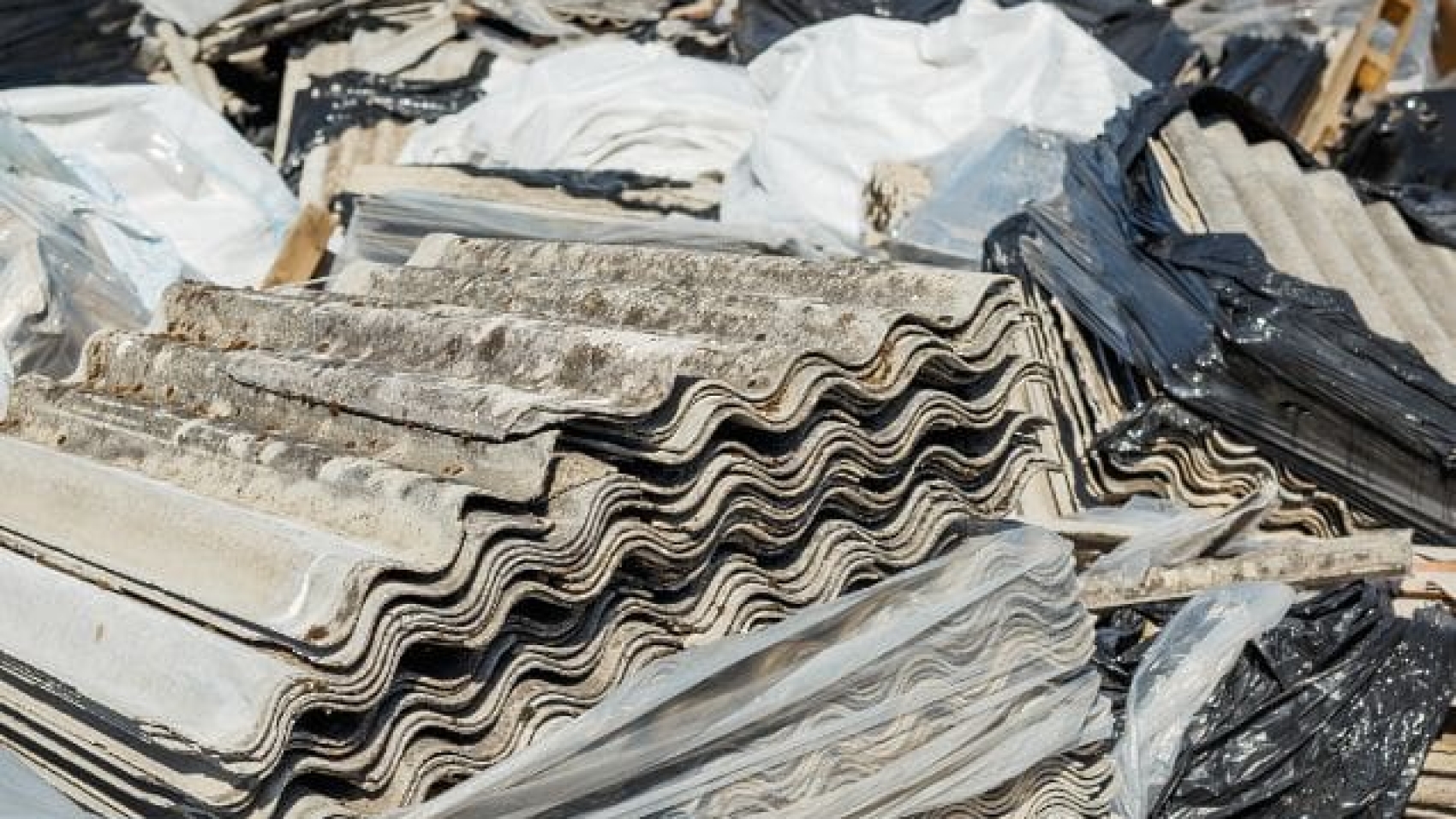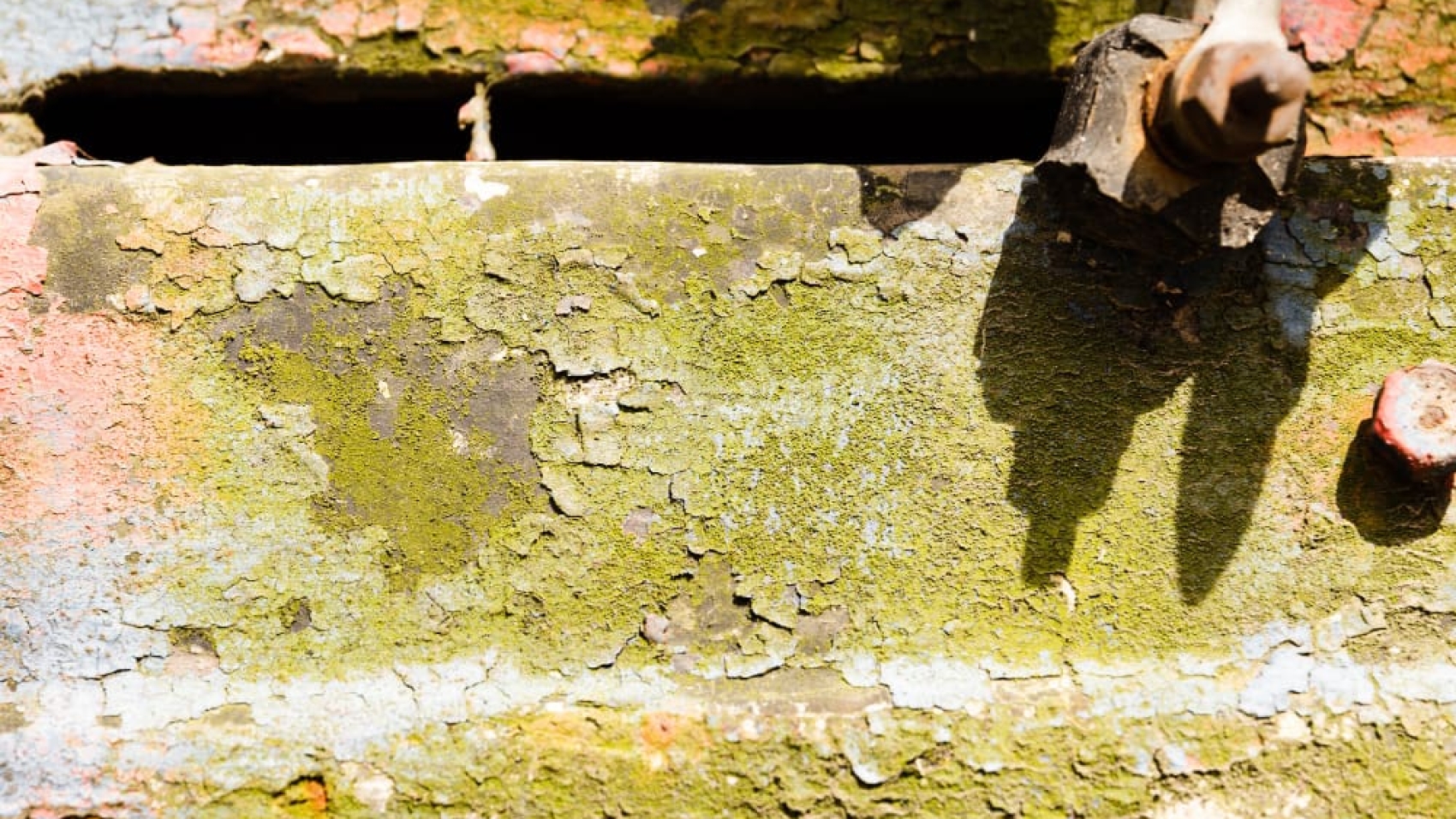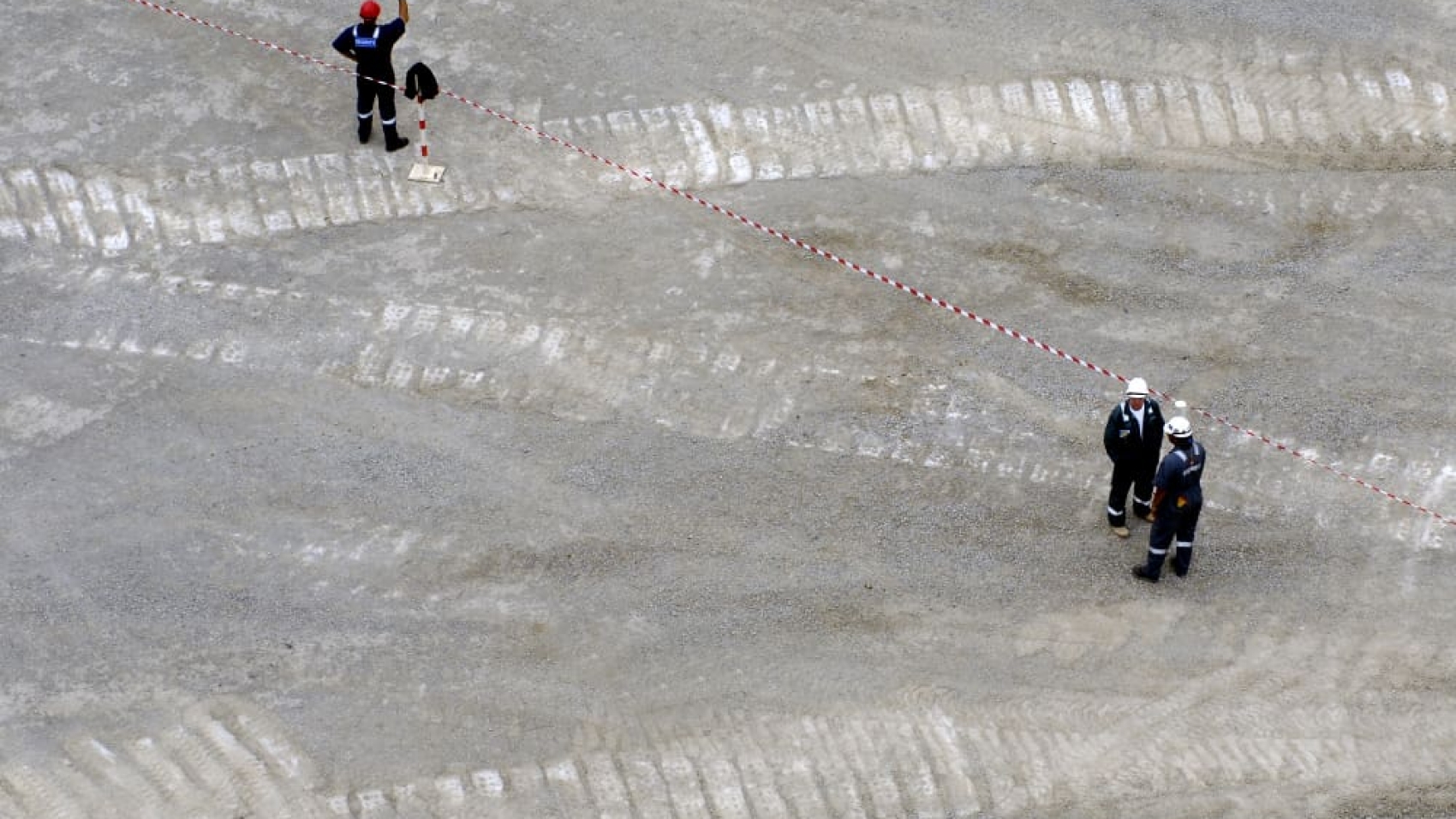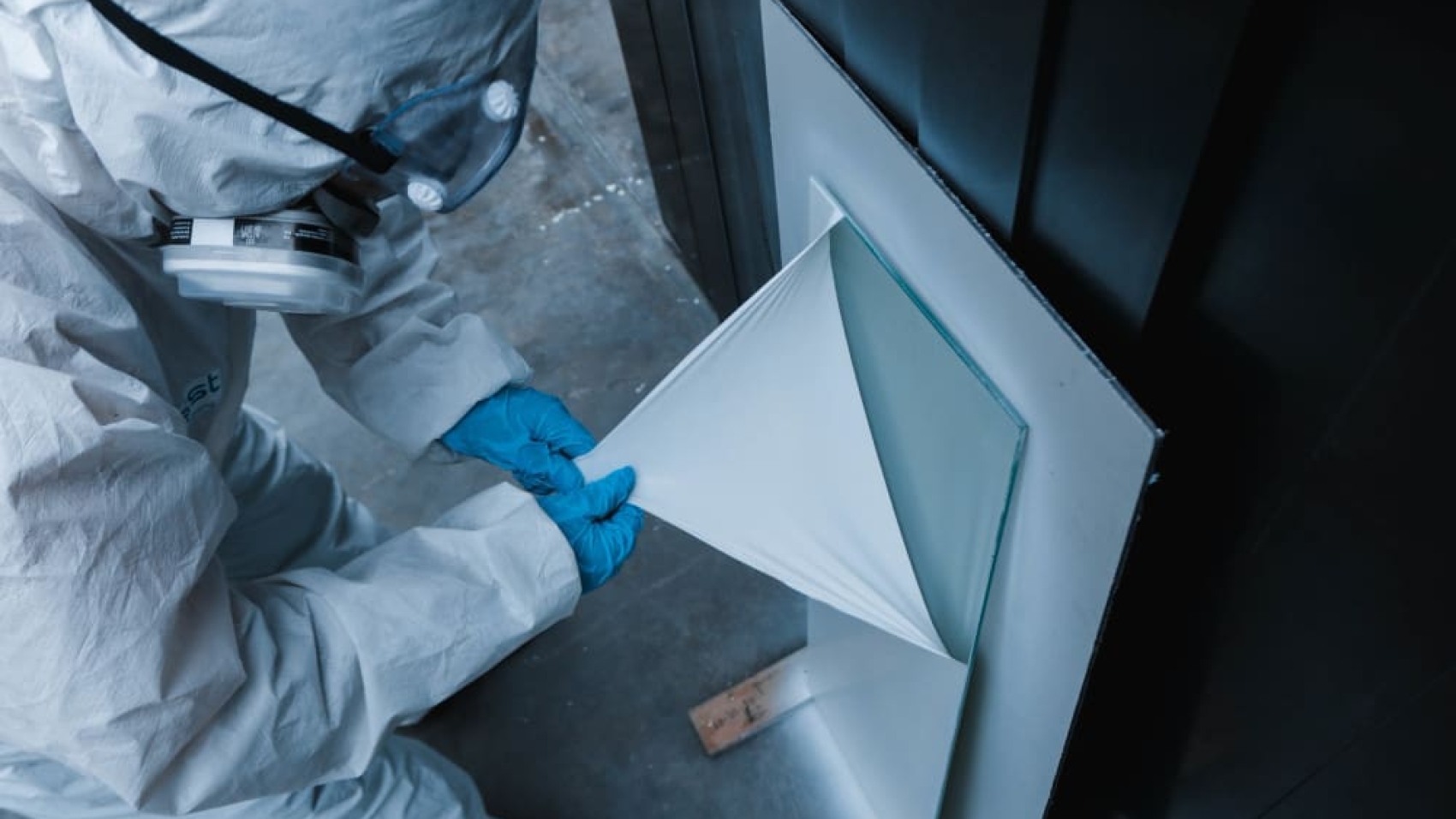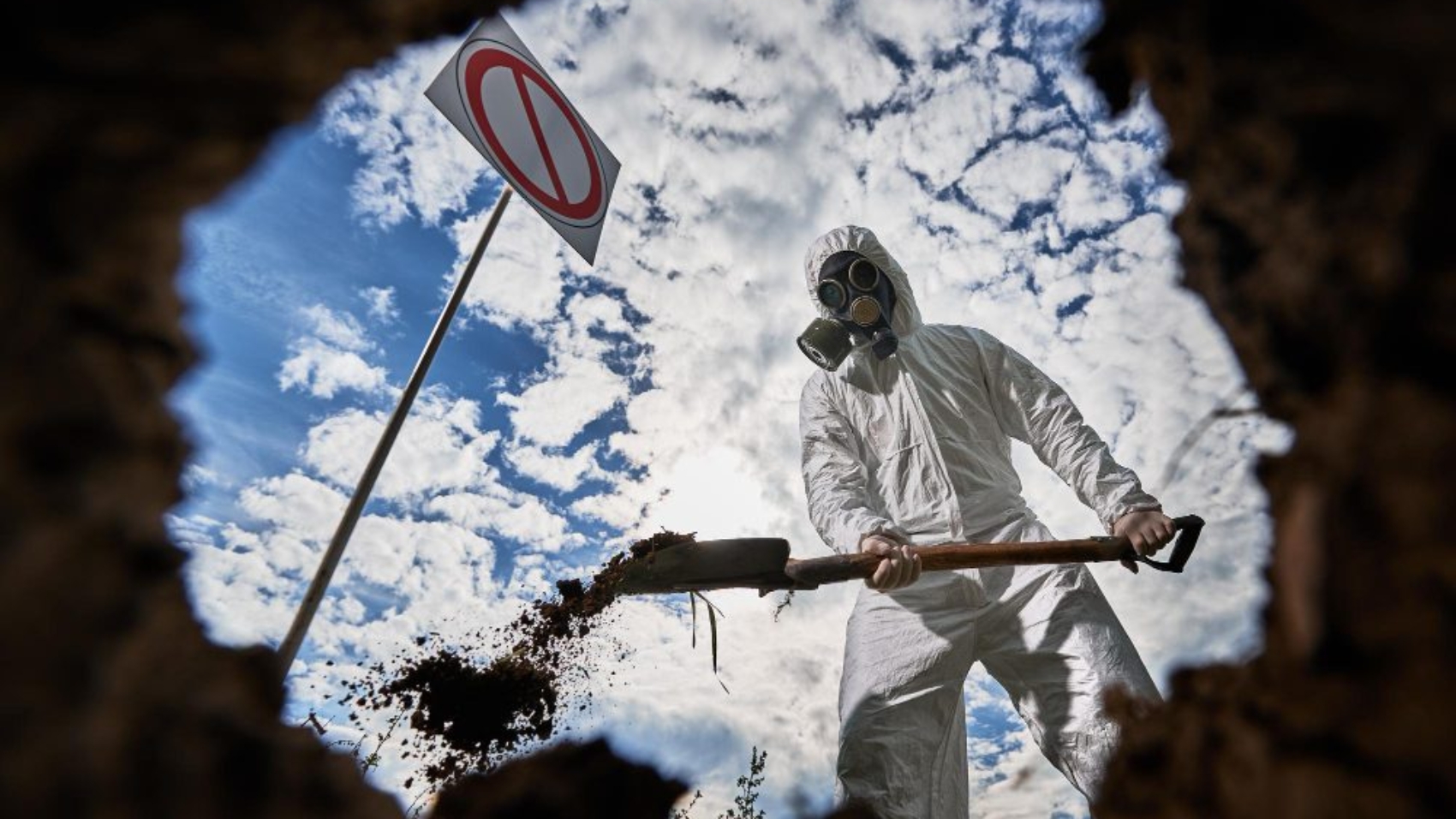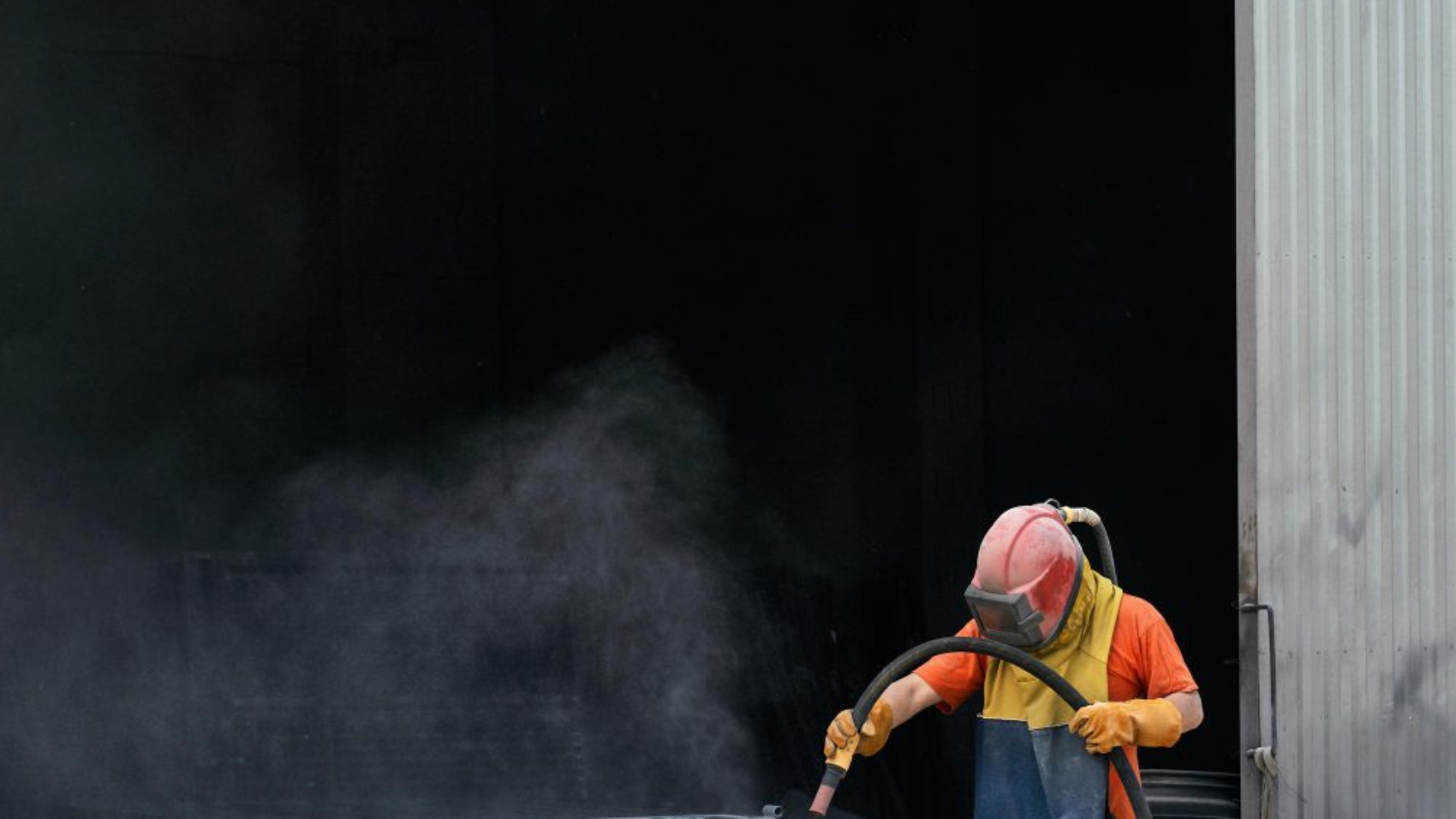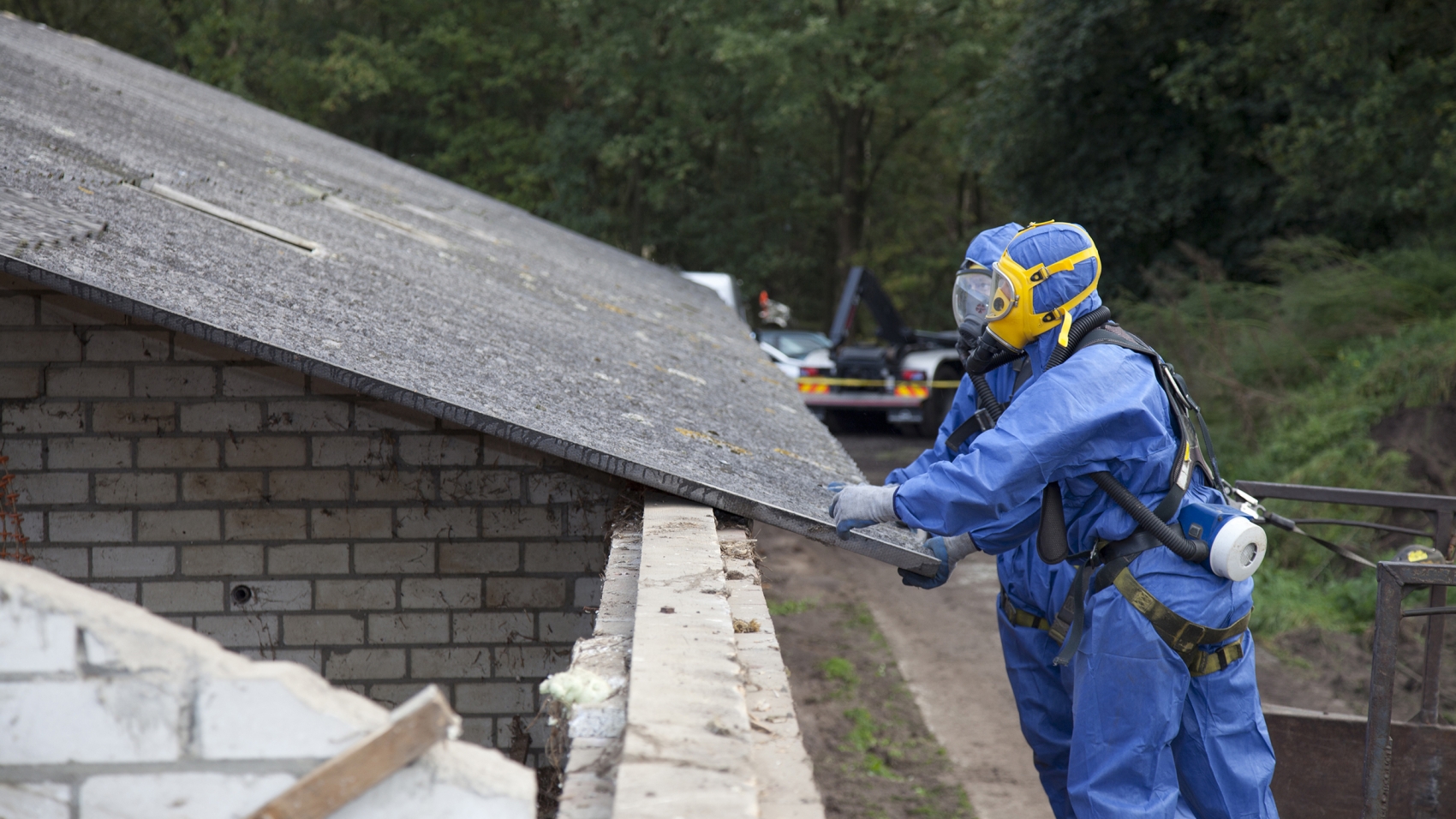Ensuring Safety in Demolition Projects with Consultex
When it comes time to go out with the old and in with the new, demolition is the way to go. Demolition projects are pivotal for urban development, and as development is growing to revitalise communities and repurpose existing infrastructure, more and more crews will be handling demolitions.
While most people might think that explosives and falling debris are the most present danger on-site, there’s a hidden danger lurking in the dust and rubble: asbestos.
Once a widely-used building material, asbestos is now known to pose severe health risks to demolition crews who aren’t aware of its presence. In New Zealand, safety regulations around asbestos are extensive to keep everyone on-site safe. Therefore, surveying for demolition is vital.
Read on as we explore the dangers of asbestos in demolition and how asbestos surveys play a crucial role in keeping your team safe.
Understanding the Threat: Asbestos in Demolition
Asbestos is a naturally occurring fibre discovered many decades ago. It’s known for its natural fire-resistant properties, and it also happens to be very lightweight, which means it was quickly adopted as a construction material around the world. Rather than being used in its raw form, asbestos was usually adapted into asbestos-containing materials like drywall, insulation, and even popcorn ceilings.
Unfortunately, it was discovered in the 1980s that asbestos could flake off into microscopic fibres. When inhaled, that can lead to serious health conditions like lung cancer, mesothelioma, and asbestosis.
The Importance of Asbestos Surveys
Since asbestos ended up in so many buildings around New Zealand before it was banned, it’s difficult to know if you’re dealing with it or not. Asbestos is most dangerous when disturbed, as this allows the fibres to flake away into the air. This means that demolition crews can be vulnerable to asbestos if the area is not properly surveyed.
Before any demolition project commences in New Zealand, it’s important to conduct rigorous asbestos surveys.
This is something we do at Consultex: inspect the property for ACMs, assess the condition and location of these materials, and determine the right management plan to minimise harm. This falls under the umbrella of building demolition services in NZ and is widely recognised as best practice within the construction industry.
Asbestos surveyors like the ones from Consultex review the site’s plans and the physical building prior to demolition, earmarking potential ACMs throughout the structure. This information is critical, allowing contractors to handle these materials properly with our recommendations.
There’s a metric we call ‘friability’, which is the likelihood that an ACM is going to release dangerous fibres into the air upon demolition. Often, we’ll take samples of the ACMs to determine how friable the asbestos is, ensuring we can give well-founded recommendations for how to mitigate any harm.
Safety Protocols in Demolition
As part of our demolition survey, if we identify any friable ACMs on-site, we’ll recommend ways to keep you and your workers safe.
Here are some key safety measures that we might recommend in our detailed survey of the site:
Personal Protective Equipment (PPE)
We often recommend that demolition crews wear appropriate PPE. This can look like respirators equipped with HEPA filters, protective clothing, and eye protection to stop the fibres from making their way into workers’ systems.
Training and Education
Many workers have never encountered asbestos before, which means they must undergo comprehensive asbestos awareness training. This training not only equips them with awareness of on-site asbestos but also gives them everything they need to work safely with it.
Engineering Controls
Demolition crews can implement some simple controls, like wetting down surfaces and using HEPA-filtered vacuum systems during and after demolition. This reduces the distance the asbestos fibres go when released, minimising the fibre count in the air.
On-Site Monitoring and Air Sampling
Finally, we often recommend the inclusion of on-site monitoring protocols while working with ACMs on a demolition site. In particular, we recommend air filtering and sampling as demolition is ongoing to determine how many fibres are being released into the air. If the fibre count exceeds a certain level, this tells us that work needs to cease, and further control measures must be put in place before work continues.
Our role is to ensure your crew’s safety during demolition projects, and an IANZ-accredited laboratory analyses all our samples to ensure that all results are accurate. Asbestos can be hidden anywhere in a building, which is why we must ensure all areas have been carefully inspected before works commence.
By contracting Consultex, you can ensure all asbestos on your demolition site is detected, and comprehensive safety measures are put in place. While they are not always legally required, it’s nationally recognised best practice to keep your crew and the surrounding members of the public safe.
Demolish with confidence thanks to Consultex
Ready to safely demolish the building on your site? Discover how our expert surveying ensures safety and compliance in demolition projects.
We’re on hand to help you survey prior to the demolition, delivering a detailed report with recommended control measures to ensure your team knows exactly how to handle the presence of asbestos. Prior to beginning demolition work, get in touch for your consultation today!

